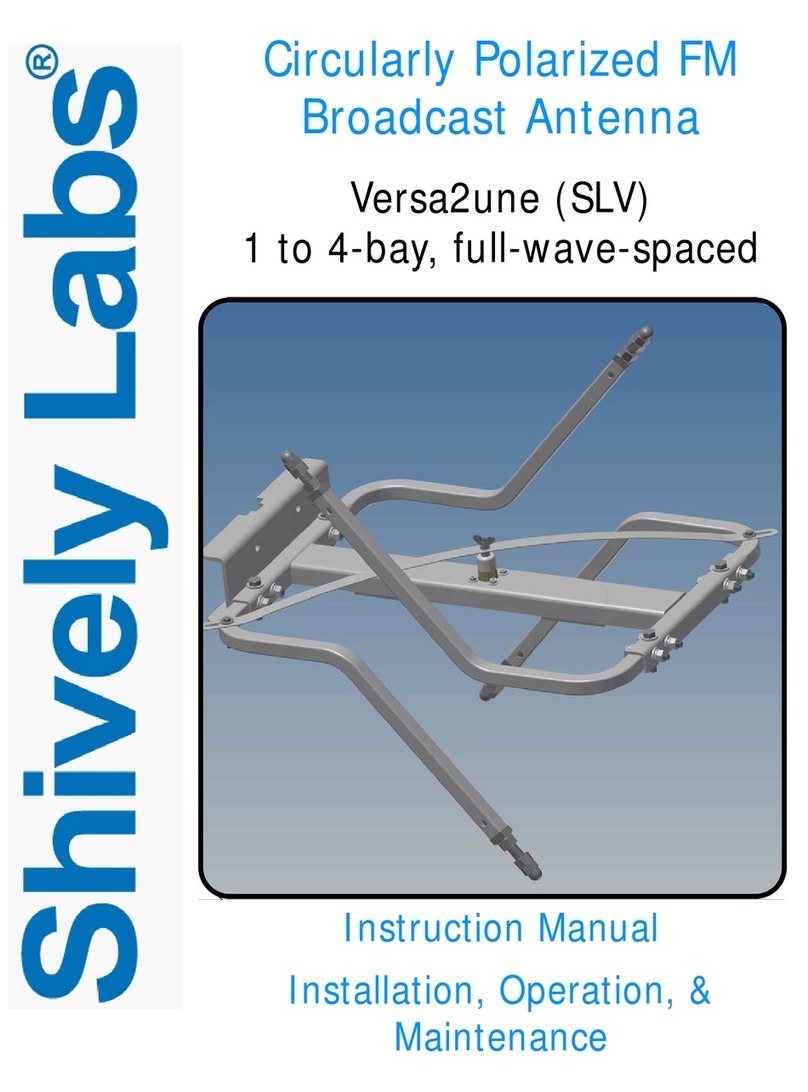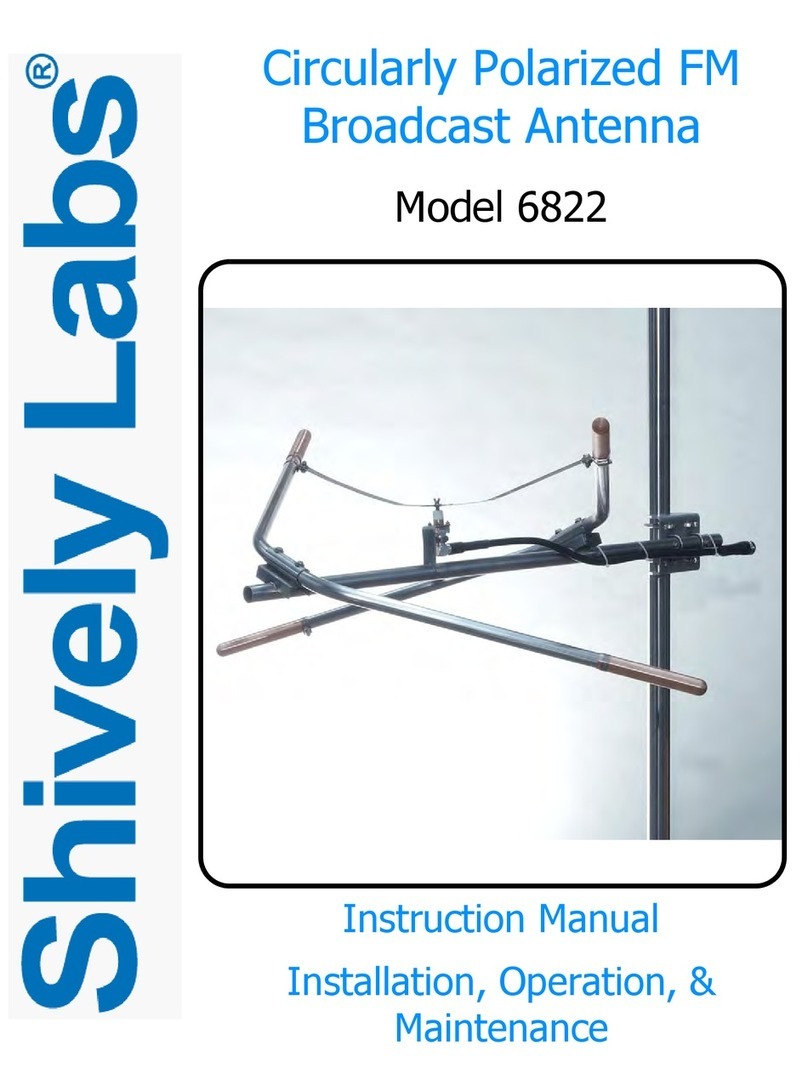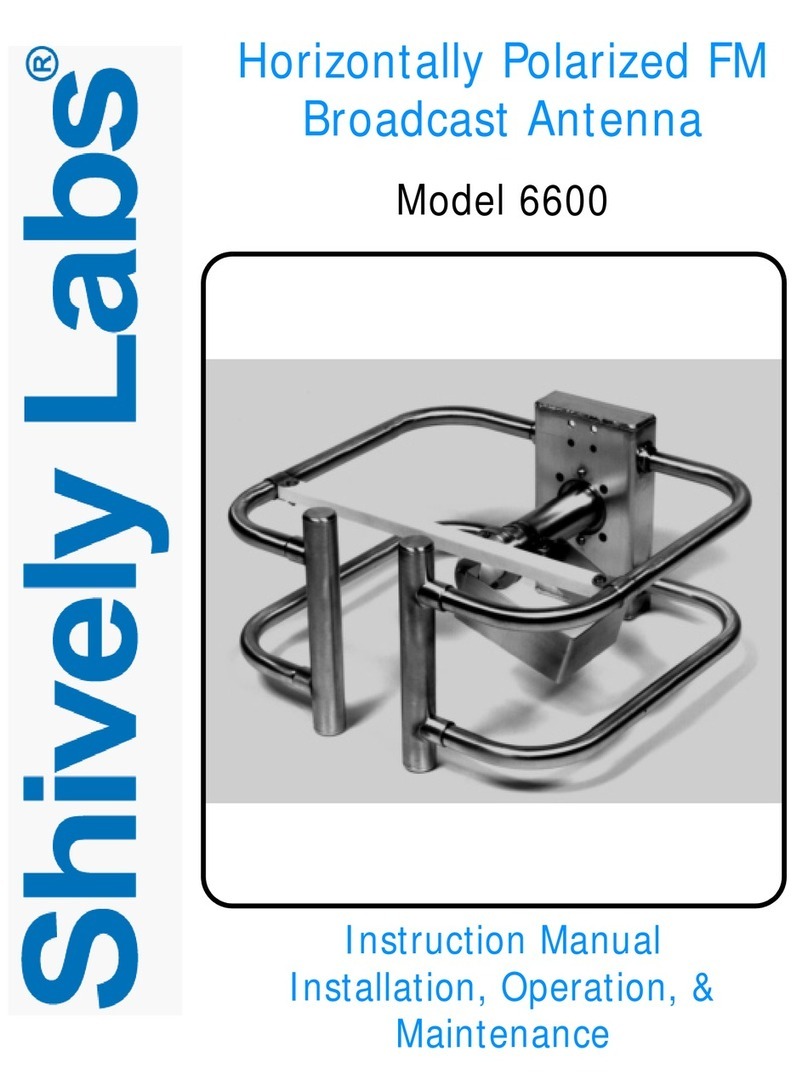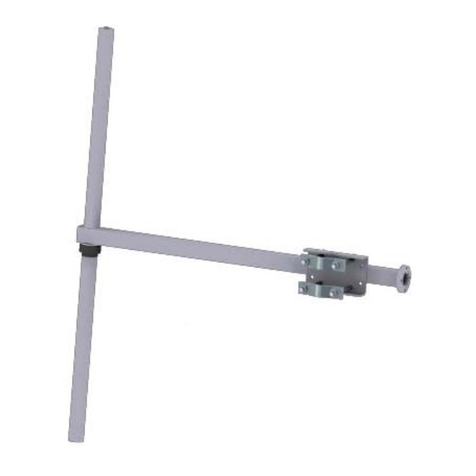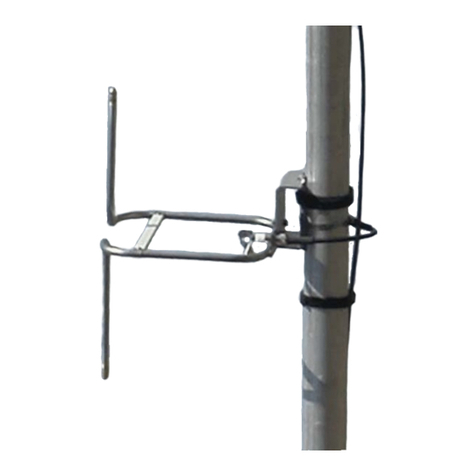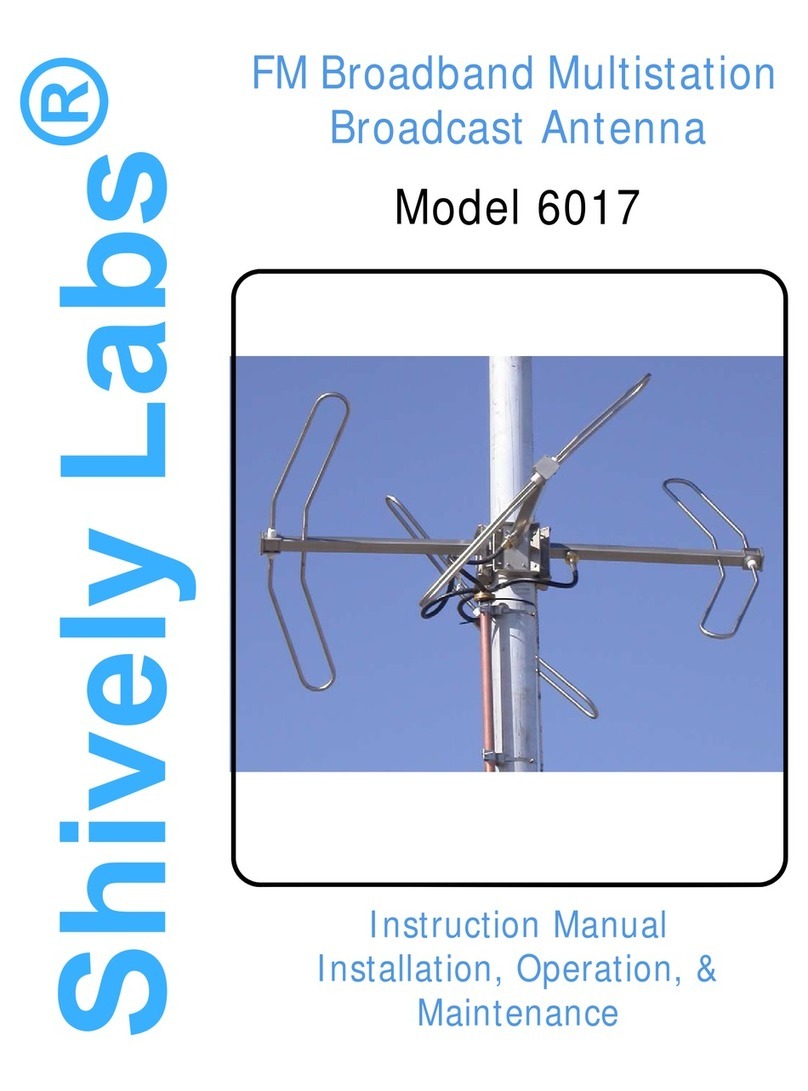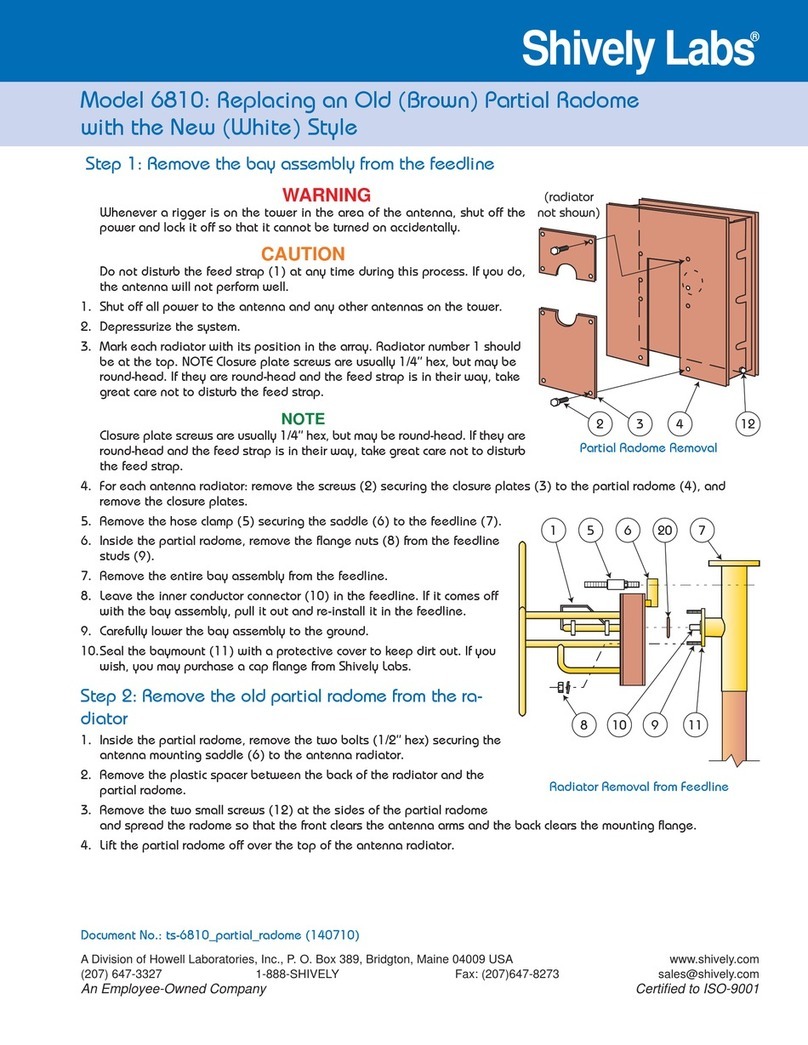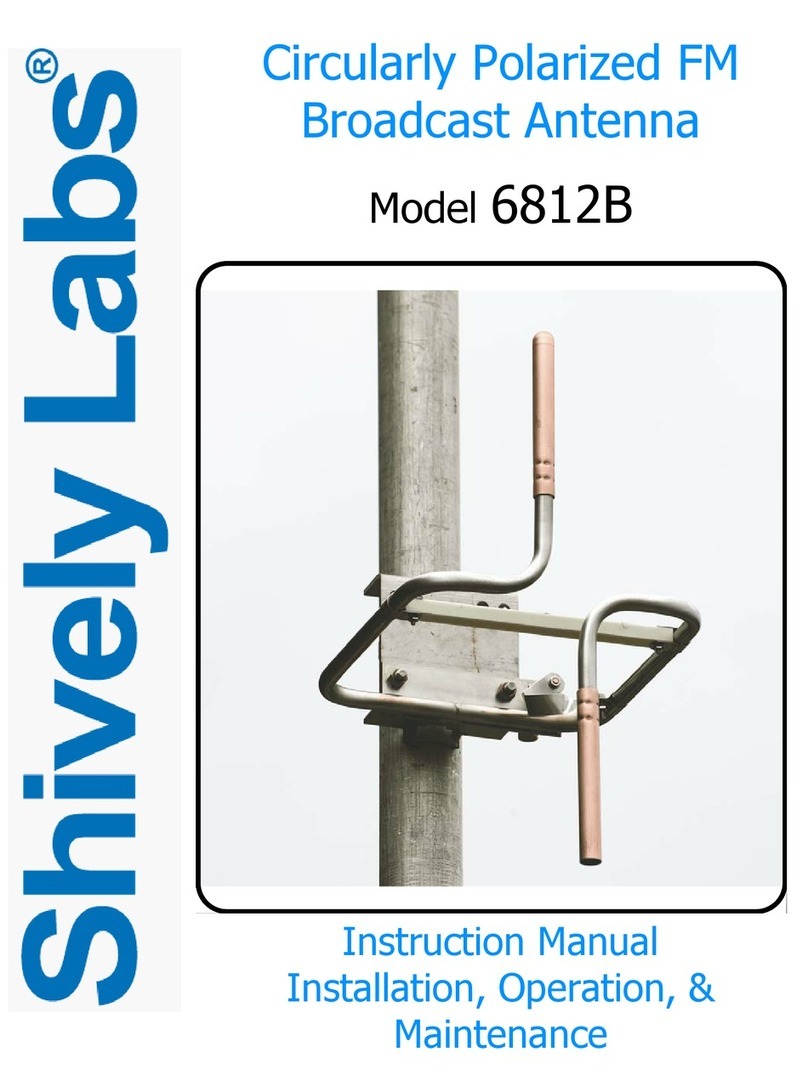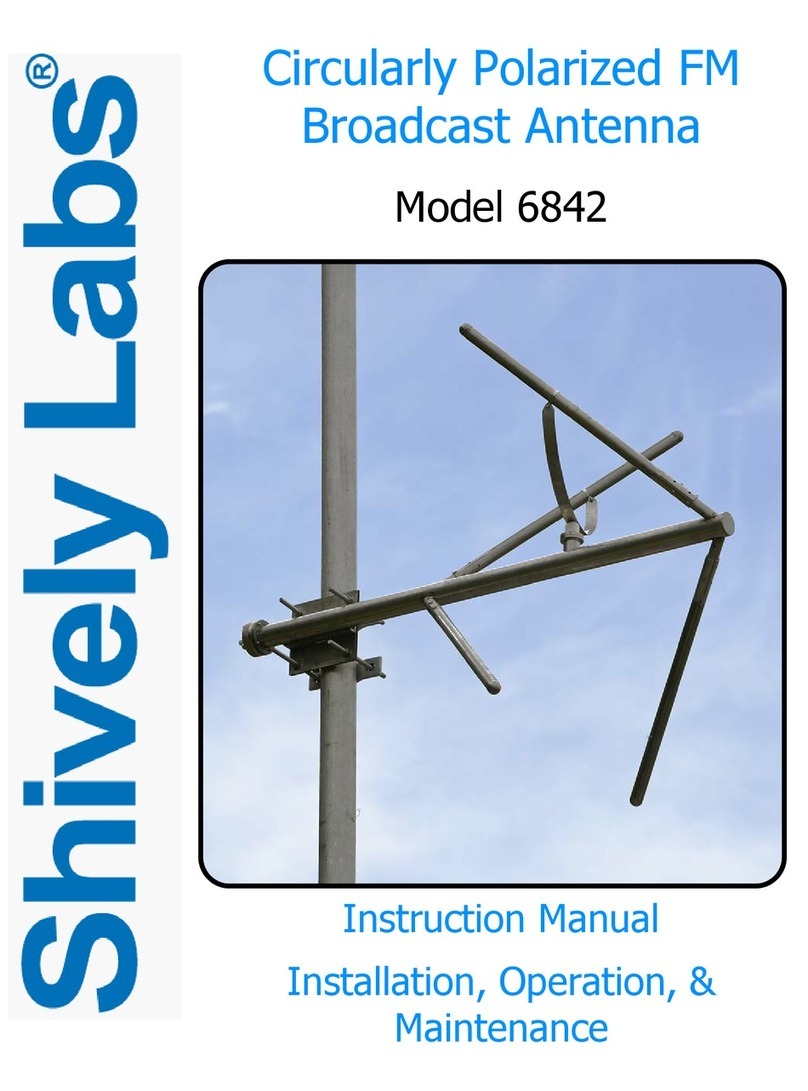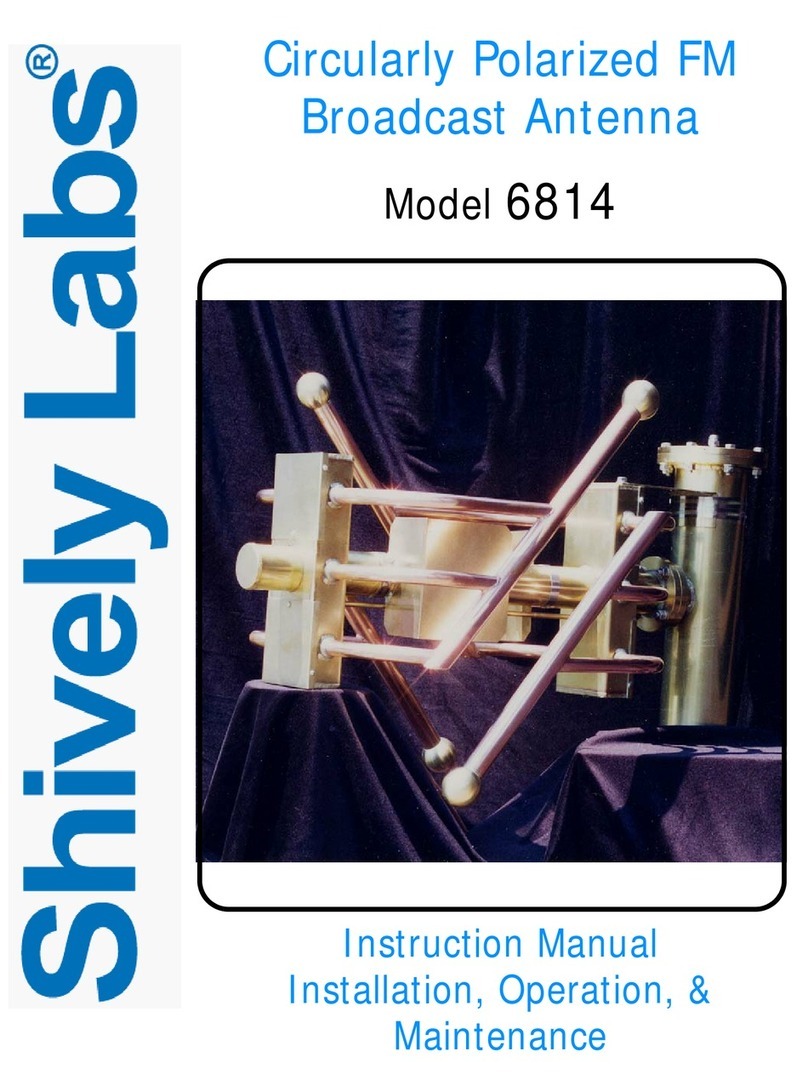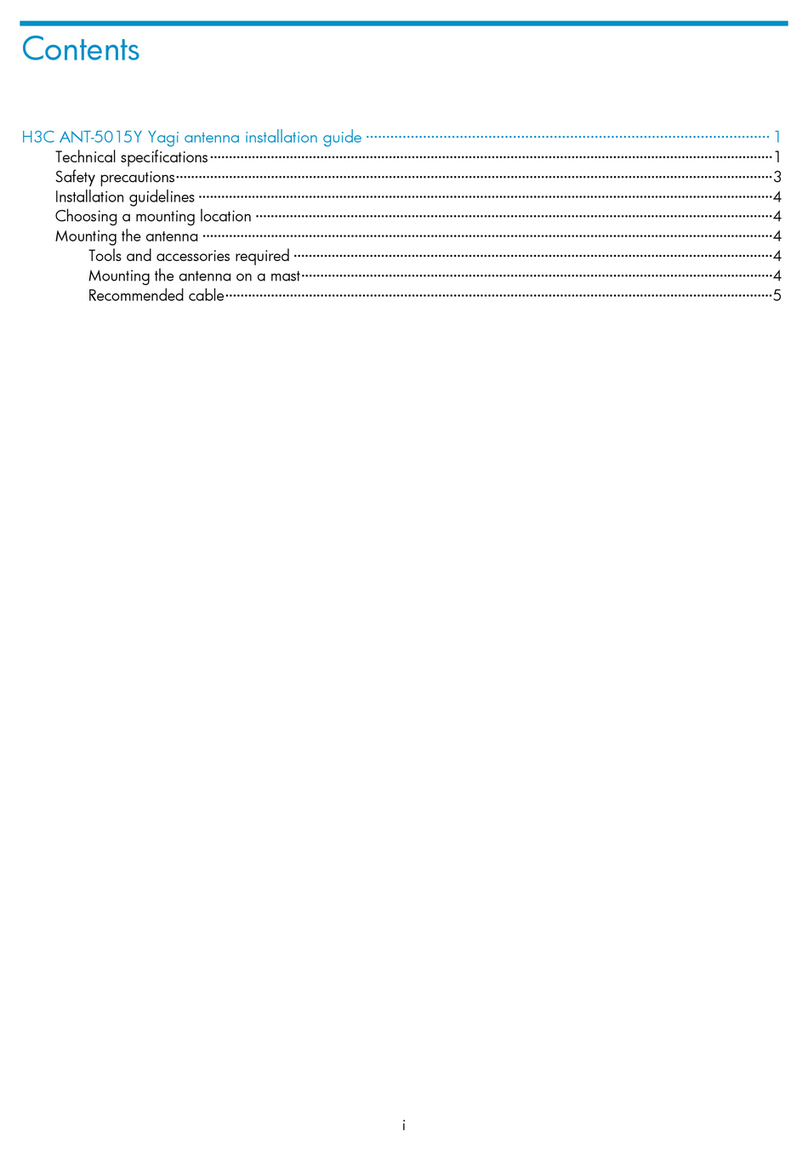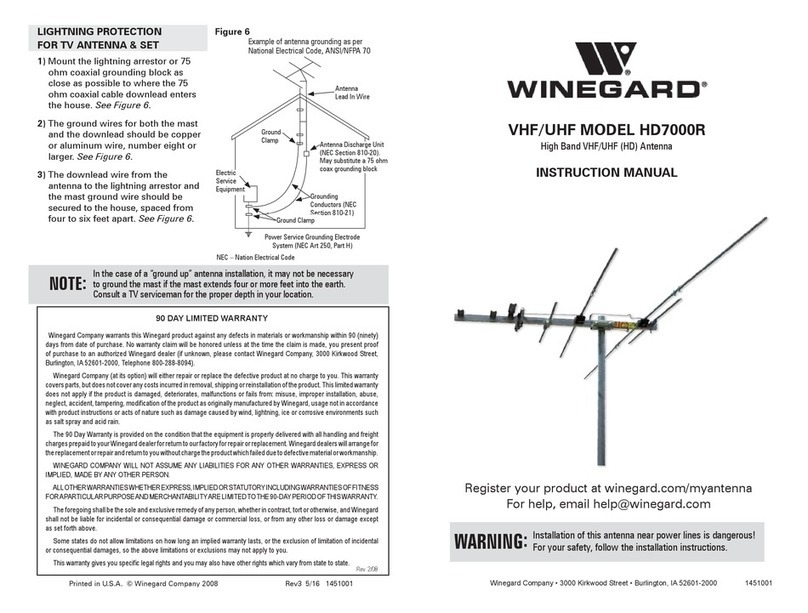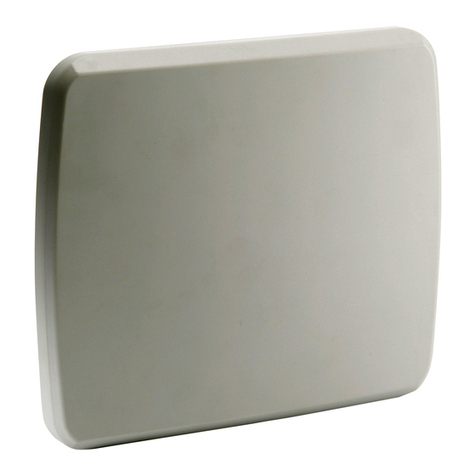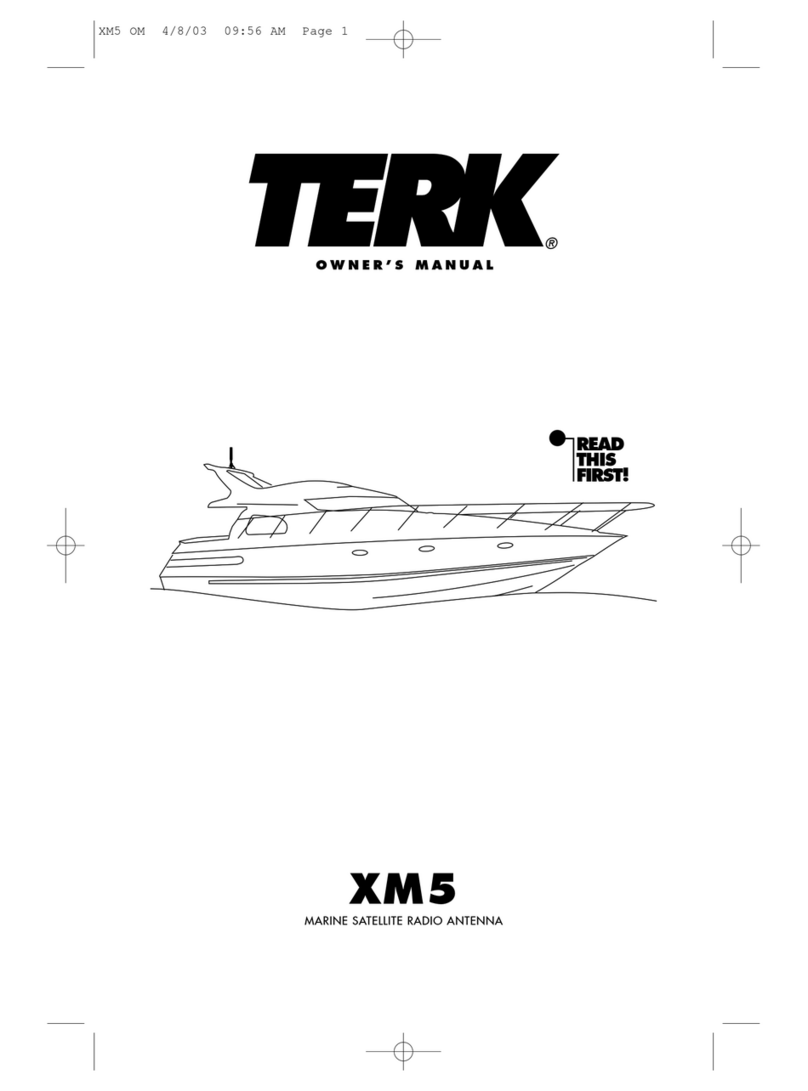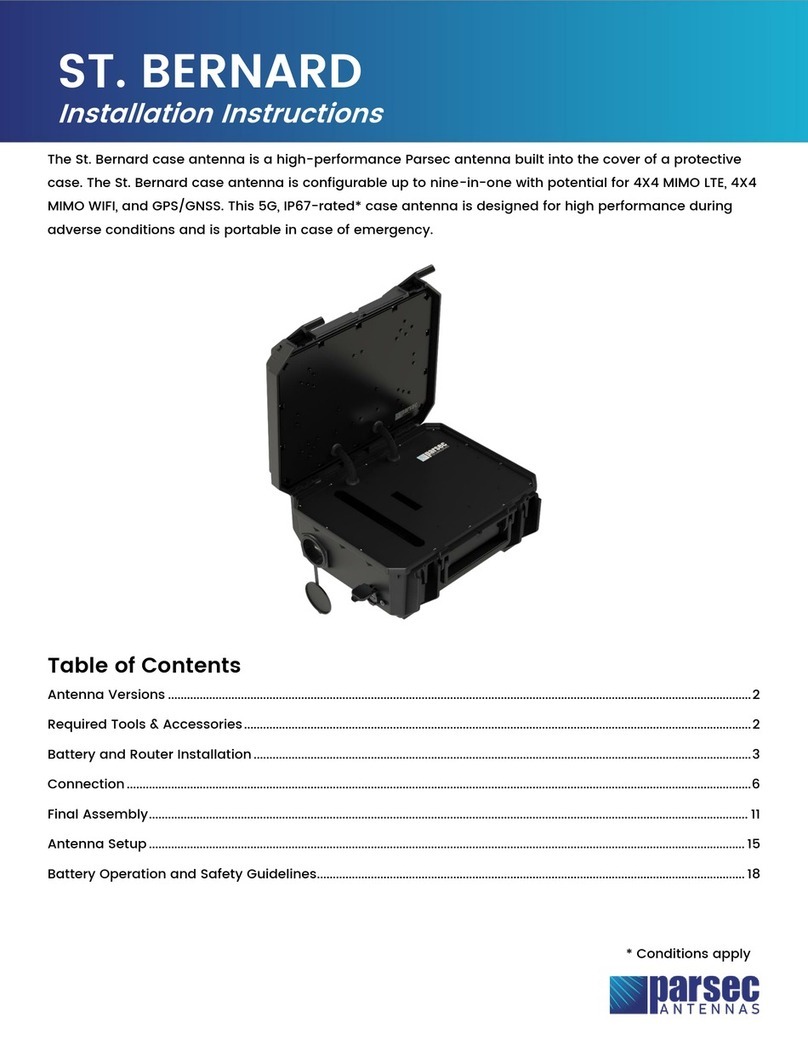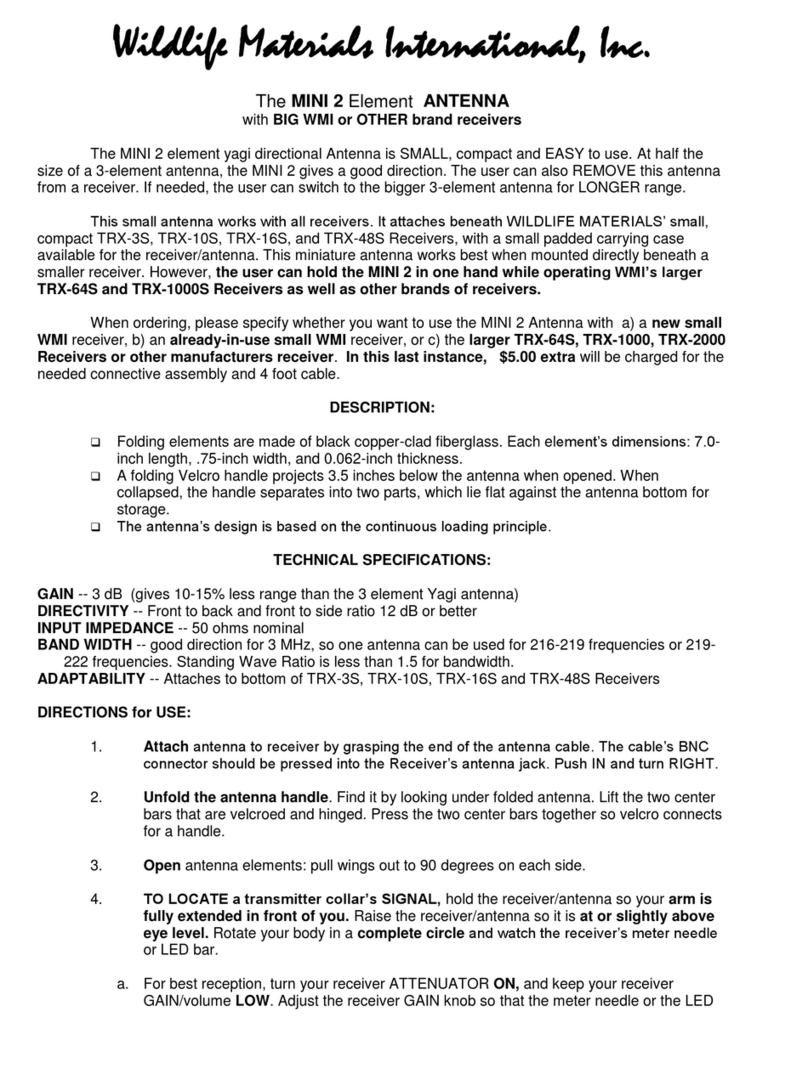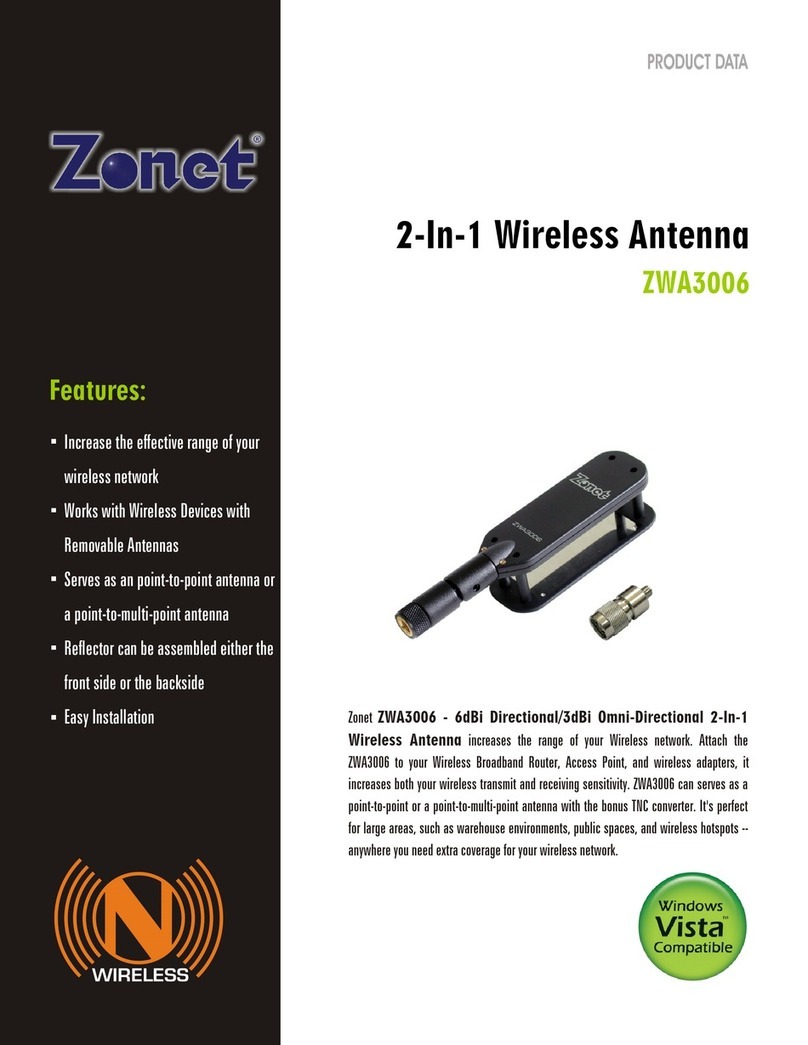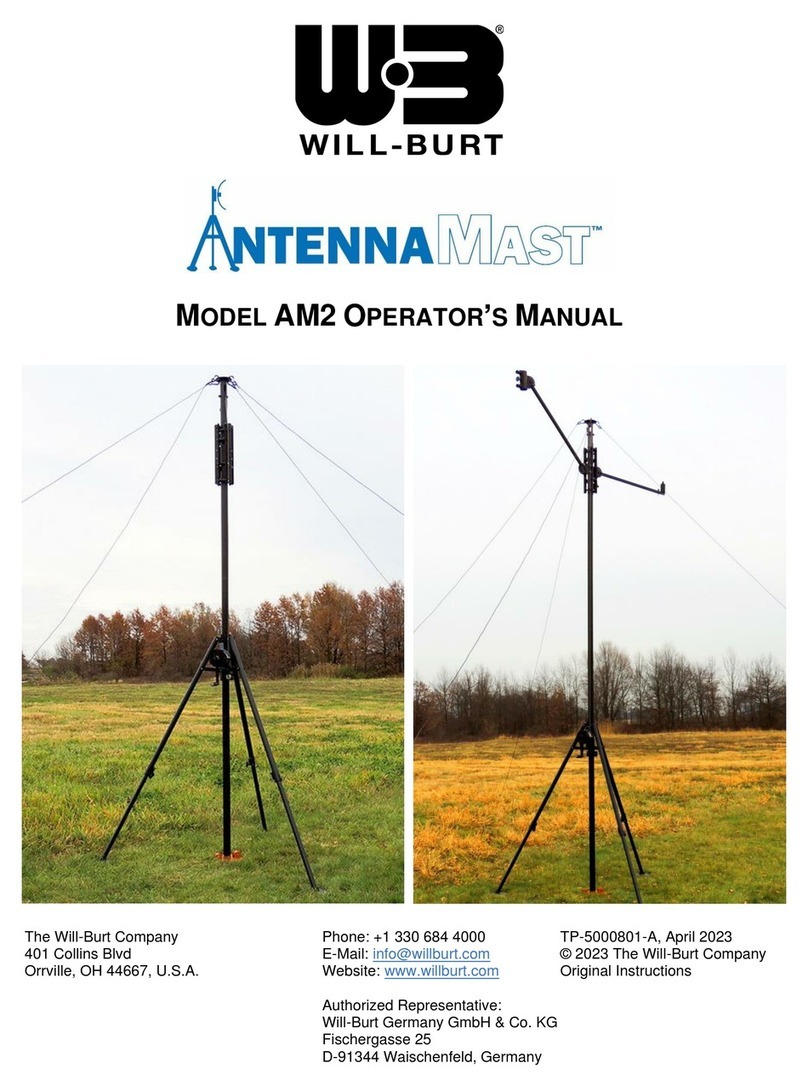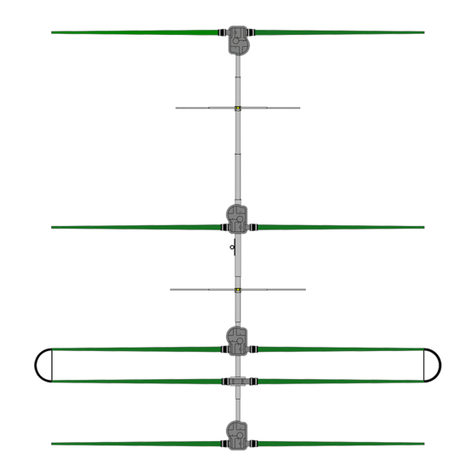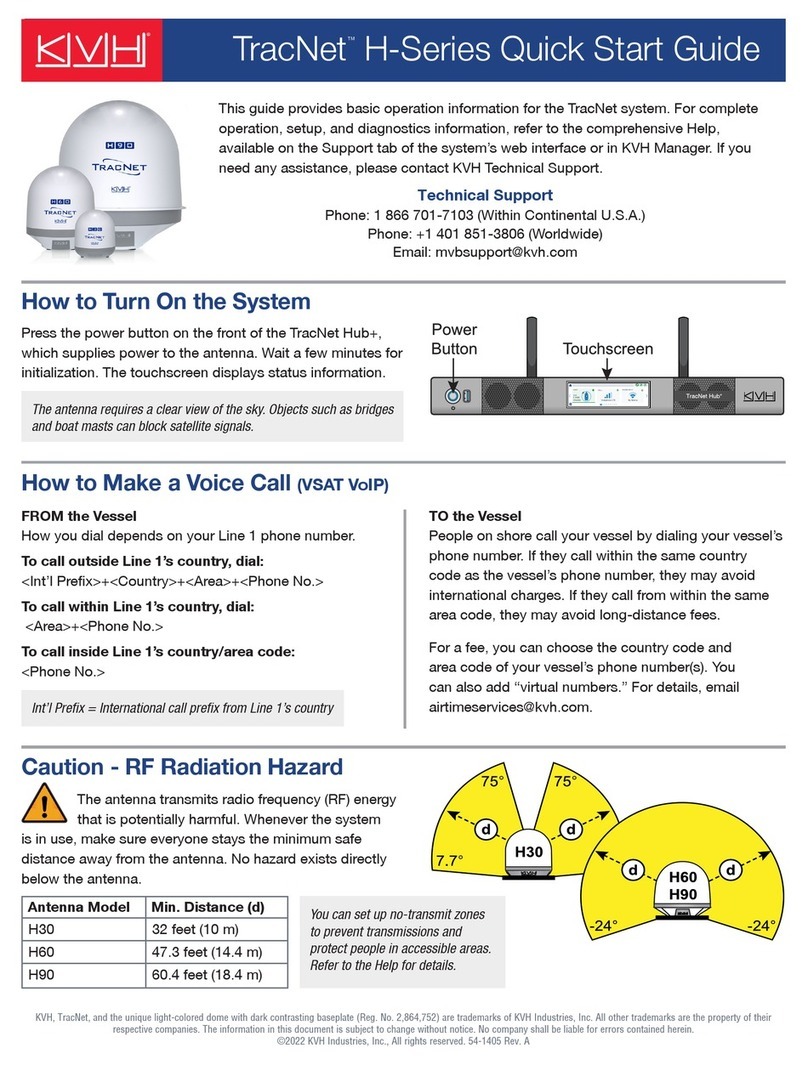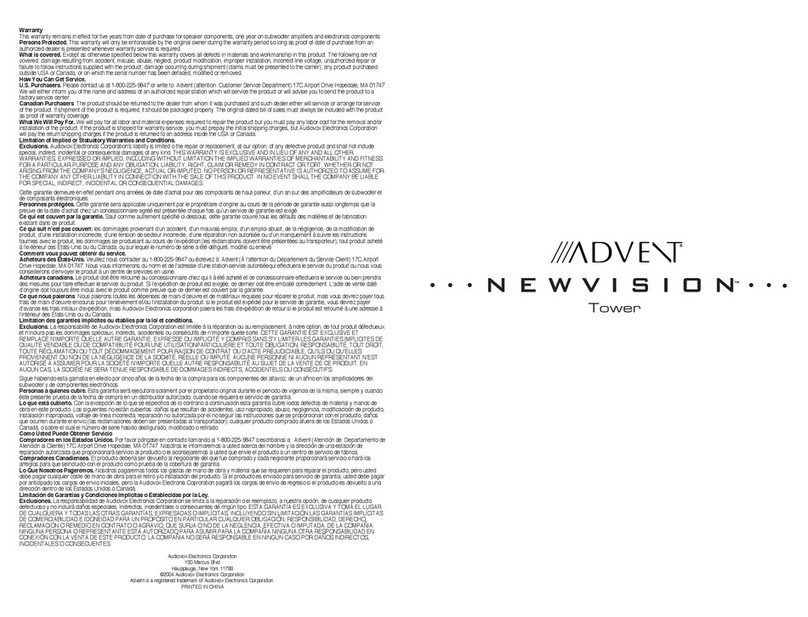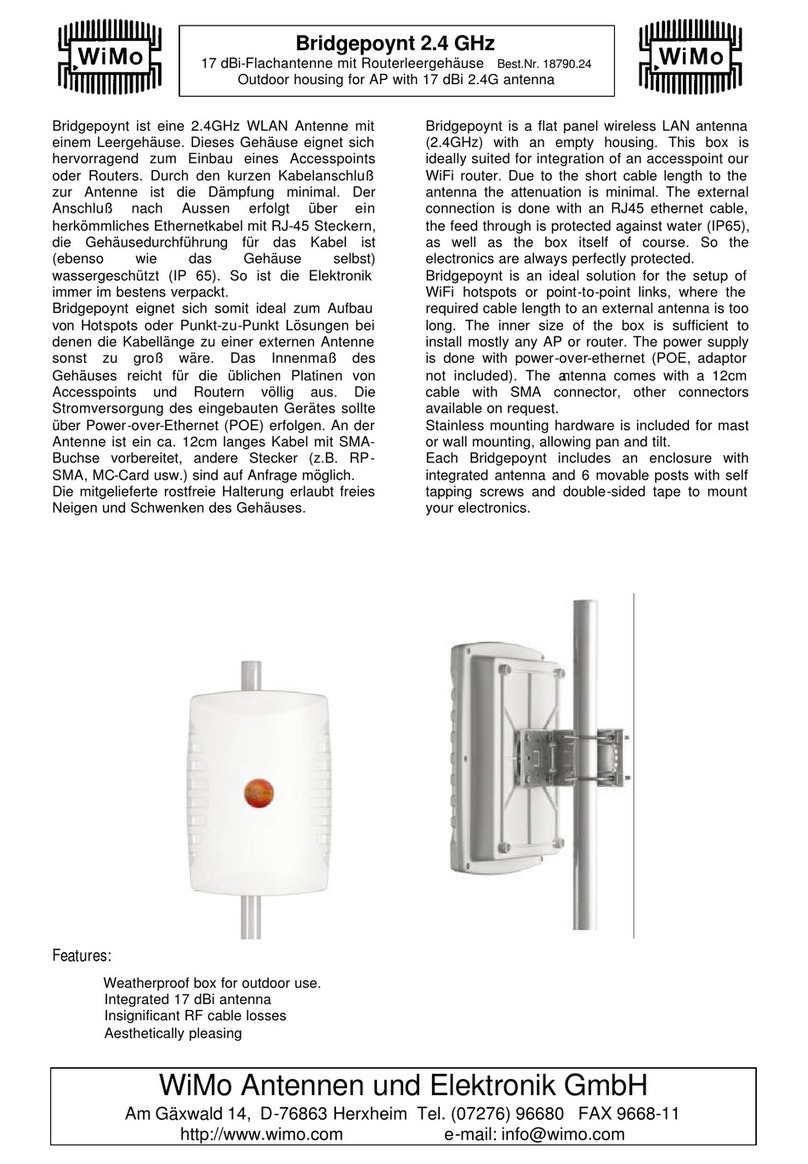
Important
Be very careful to seal the radome completely. If water enters the
radome, the antenna will not perform as expected, and may cause dam-
age to your entire system.
g. Seal the closure plates and the joints where the radome meets the backplate
with the silicone sealant supplied with the antenna.
h. Install the tower mounts (20) onto the backplate, using the box bolts (21).
Manufacturer instructions for the box bolts are included.
Installing the feedline
assemblies on the
tower
Feedline mounts vary from installation to installation, to accomodate various
tower and mounting pole requirements. Figure 8 shows several common con-
figurations. Your feedline mounts may be one of the common designs shown;
if they are not, they will be shown in detail on your installation drawing.
Before you begin installation, study the mounts, the mounting tower leg(s) or
pole, and your installation drawing carefully, to determine which mount(s) will
be used for each component.
a. Prepare the tower for mounts:
(1) On the tower, starting at the top, use a steel measuring tape to find the
location of each bay in accordance with the installation drawing. Mark
the mount locations.
(2) Mark the specified location of any accessory mounts, such as for the
transformer or special coax input line sections, to make sure they will
fit as planned.
(3) Watch carefully for any interferences by tower members or guy wires
which were not accounted for in the design.
(4) Where the mounts will be in contact with the tower leg(s) or mounting
pole, scrape the tower paint away to ensure good electrical contact.
b. Install the feedline sections:
CAUTION
Feedline flanges are match-marked. Assemble components in accor-
dance with their match-markings (see Figure 9) and the installation
drawing. If you don’t, the antenna will not perform as expected.
CAUTION
Secure each feedline section to its mount before installing the next sec-
tion, tightening in accordance with Figure 3 and Table 1.
(1) Starting at the top of the antenna array, install the feedline and feedline
mounts carefully, in accordance with your installation drawing and the
illustrations in this chapter.
Important!
To avoid damage to the
antenna, always lift, posi-
tion, and attach each sec-
tion individually. Never try
to transport connected
feedline sections! Feedline
is not designed to support
multiple sections and
damage will occur.
Important!
Remove the tower paint
to ensure good electrical
contact between the
mounts and the tower. If
you don’t get good con-
tact, the antenna may not
perform as designed, and
may produce stray signals
that will interfere with
other services on the
tower.




















